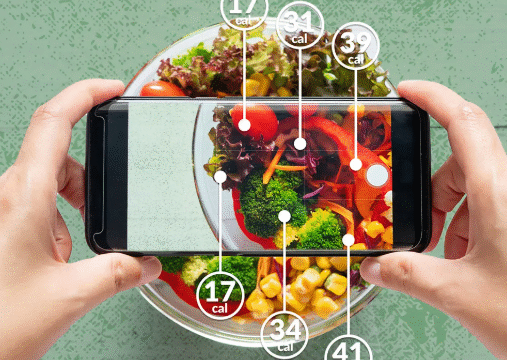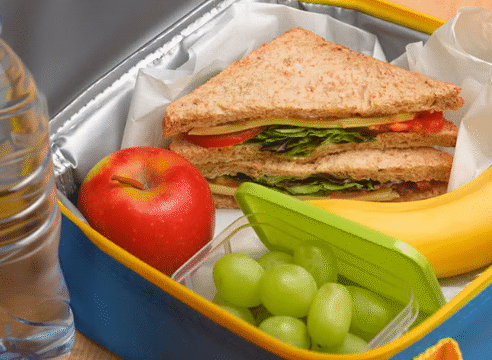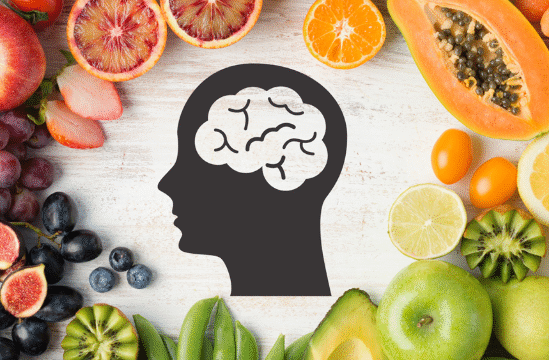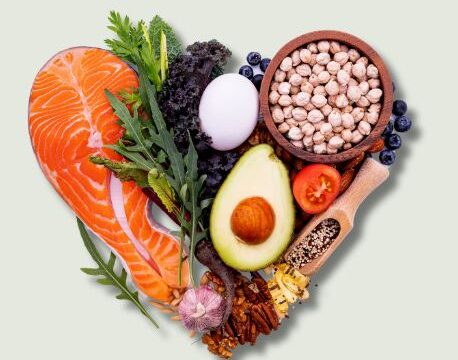Endurance running demands both physical strength and smart nutrition.
What you eat before, during, and after your runs can determine how far and how efficiently you go.
One of the best nutritional strategies for runners is focusing on low glycemic index (GI) foods.
These foods release energy slowly, providing steady fuel to keep you going mile after mile without sudden crashes or spikes in blood sugar. Understanding how low GI foods work and how to include them in your daily diet can help improve your stamina, recovery, and overall performance.
The glycemic index ranks foods based on how quickly they raise blood sugar levels after eating. High GI foods, such as white bread or sugary snacks, are absorbed quickly and give a short burst of energy followed by a rapid drop. Low GI foods, on the other hand, are digested slowly, resulting in a gradual and sustained release of glucose into the bloodstream. This steady energy supply is ideal for endurance athletes who need long-lasting fuel over several hours.
For runners, energy consistency is key. When you eat low GI foods before a run, your body stores more glycogen in the muscles and liver, ensuring that energy is available when you need it most. It also helps you avoid the feeling of fatigue or hunger that often hits during long runs fueled by quick-digesting carbohydrates. Additionally, maintaining stable blood sugar helps your body use fat more efficiently for energy, which is crucial in endurance events where glycogen stores eventually run low.
Oats are one of the most popular low GI foods among runners. A bowl of oatmeal made with rolled or steel-cut oats provides a satisfying pre-run meal that keeps energy levels balanced. The complex carbohydrates in oats break down slowly, while the fiber content helps control digestion and hunger. Adding toppings like banana slices, nuts, or a drizzle of honey can further enhance the nutritional balance without raising the GI too much.
Sweet potatoes are another excellent choice. They are rich in vitamins, minerals, and slow-releasing carbohydrates that provide steady energy. Baked or roasted sweet potatoes can be enjoyed as part of a pre-race meal or recovery dinner. They also contain potassium, which supports muscle function and helps prevent cramps. Their natural sweetness makes them a comforting and nutritious option for runners who need both taste and performance support.
Whole grains such as quinoa, brown rice, and barley are also valuable for endurance athletes. These grains are nutrient-dense and offer a low GI profile that keeps blood sugar stable. Quinoa, for instance, is rich in protein and contains all essential amino acids, supporting muscle repair after long runs. Brown rice provides lasting energy for training days, while barley adds fiber and texture to soups and salads that can be enjoyed post-run.
Legumes like lentils, chickpeas, and black beans are another key part of a low GI diet for runners. They are full of plant-based protein, complex carbohydrates, and fiber. When included in meals a few hours before a long run, they help maintain energy without causing digestive discomfort. Lentil soup or a chickpea salad makes an ideal lunch or dinner on training days, promoting steady fuel availability and muscle recovery afterward.
Fruits can also be part of a low GI diet, especially those that contain more fiber and less sugar. Apples, pears, oranges, and berries are excellent choices. They hydrate the body naturally while supplying vitamins and antioxidants that combat exercise-related inflammation. Pairing fruits with protein or healthy fat, such as yogurt or nut butter, further stabilizes blood sugar and keeps you energized for longer periods.
Low GI foods are not only important before running but also beneficial afterward. Consuming low to moderate GI meals after training helps replenish glycogen stores without causing large insulin spikes. This approach supports faster recovery and prevents post-exercise fatigue. A good post-run meal might include grilled chicken with quinoa and vegetables, or a smoothie made with oats, Greek yogurt, and berries.
During long-distance races or runs exceeding ninety minutes, some runners may still need to consume carbohydrates mid-run. In this case, moderate GI options like bananas or energy gels can help top up glycogen levels without overwhelming the digestive system. However, pairing these with a diet rich in low GI foods ensures your body is better adapted to sustaining endurance for longer durations.
Hydration is another factor that complements a low GI diet. Foods high in water content, such as cucumbers, oranges, and watermelon, contribute to maintaining electrolyte balance. Combining hydration with low GI meal planning prevents energy crashes and dehydration, both of which can limit running performance.
When planning your meals around training sessions, consider timing as well as content. Eating low GI foods about two to three hours before a run allows for digestion and optimal glycogen loading. If you need a small snack closer to the start, choose something light but still slow-releasing, like half a banana with almond butter or a slice of whole-grain toast with honey. This approach ensures your energy levels remain steady from the first stride to the last.
It is also important to remember that everyone’s digestion and energy needs differ. Some runners perform better with slightly higher GI meals before runs, especially if their stomachs are sensitive or if they have very high energy demands. Experimenting with meal timing and composition during training—not on race day—helps determine the right combination for your body. Listening to how your body responds will guide you in building a personal fueling plan that maximizes endurance and comfort.
The long-term benefits of a low GI diet extend beyond running performance. These foods help maintain balanced blood sugar, support heart health, and improve energy stability throughout the day. They can also reduce cravings for sugary snacks and help manage body weight, which benefits overall fitness.
Incorporating low GI foods into your daily diet does not have to be complicated. Start by replacing refined grains with whole grains, choose fiber-rich vegetables, and opt for natural sweeteners like fruit instead of processed sugar. Over time, your palate and energy levels will adjust, making it easier to maintain this healthier, performance-oriented way of eating.
In conclusion, low GI foods are a powerful ally for endurance runners seeking sustainable energy, improved recovery, and balanced nutrition. By focusing on slow-releasing carbohydrates and pairing them with lean proteins, healthy fats, and hydration, you can fuel your body efficiently for both training and competition. The result is not just better endurance but a stronger, more resilient body that performs at its best for every run.






